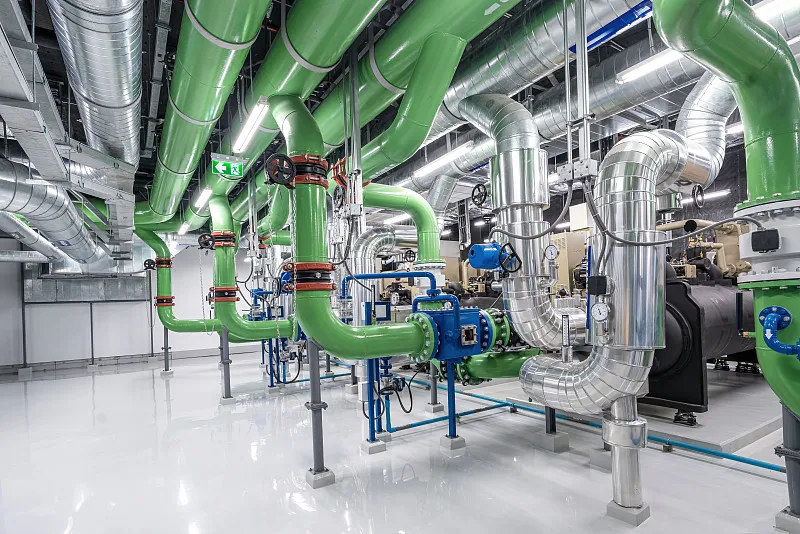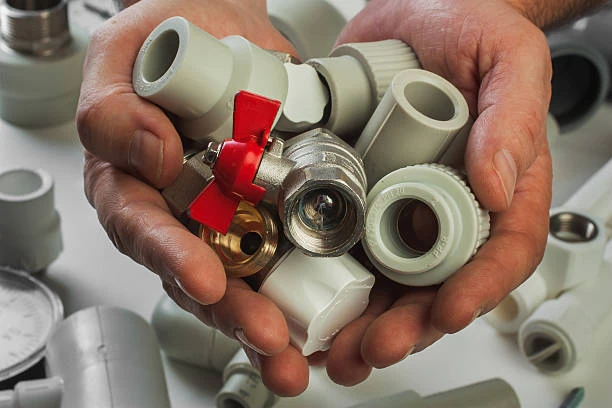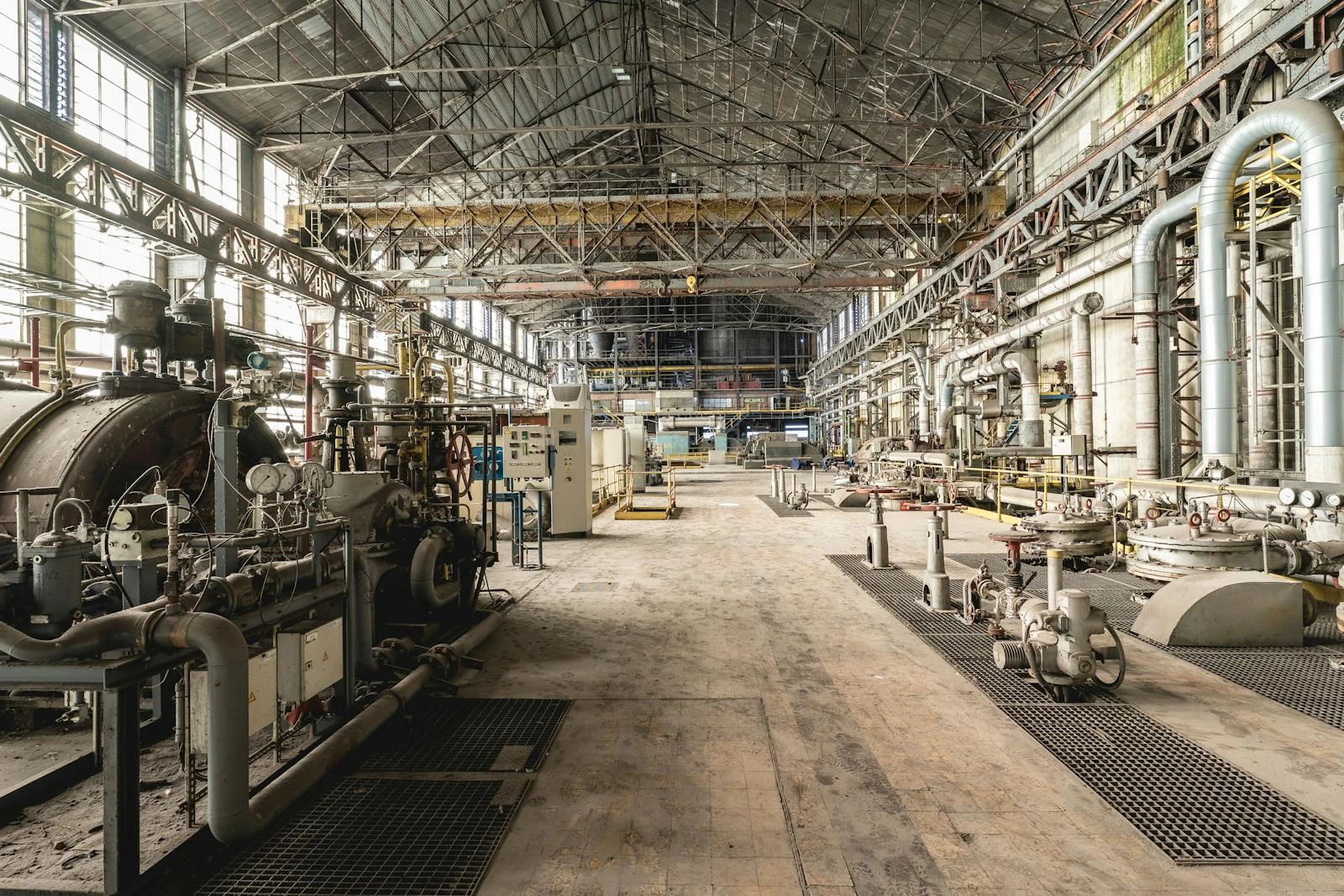Introduce PPR Pipe
PPR Pipe and fittings have long been a staple in the plumbing industry, offering durability, reliability, and cost-efficiency for both residential and industrial applications. However, as demand for better, more sustainable solutions increases, the PPR pipe industry has been evolving with new innovations and technologies. In this article, we’ll explore the latest trends and breakthroughs in the PPR pipe fittings industry, and highlight the challenges it faces in maintaining growth and relevance in a highly competitive market.
Brief Overview of PPR Pipe and Fittings
PPR (Polypropylene Random Copolymer) pipes are a type of plastic pipe used widely in plumbing systems. Known for their resistance to high temperatures, corrosion, and chemicals, PPR pipes are commonly used for water supply, heating, and industrial applications. PPR fittings, which include elbows, tees, couplings, and other connectors, are essential for joining these pipes to form a complete system.
Over the years, PPR pipes have gained significant popularity due to their durability and ease of installation. However, with advancements in technology, the industry is now facing new opportunities and challenges in terms of innovation, sustainability, and production efficiency.
Current Trends in PPR Pipe Fittings
Shift Towards Eco-Friendly Materials
The shift toward sustainability is one of the most notable trends in the PPR pipe fittings industry. Manufacturers are increasingly focusing on producing eco-friendly products that minimize environmental impact. PPR pipes are already considered a more sustainable option compared to materials like PVC and metal pipes due to their recyclability. However, the push for even more sustainable solutions is leading to innovations in using biodegradable or lower-carbon-footprint materials in the production of both pipes and fittings.
Additionally, the use of eco-friendly manufacturing processes, such as reducing energy consumption in production lines or utilizing renewable energy, is becoming more common.
Integration of Smart Technology
One of the most exciting developments in the PPR pipe fittings industry is the integration of smart technology. The concept of “smart plumbing” is gaining traction, particularly in smart homes and buildings. New PPR pipe fittings are being designed with integrated sensors to monitor water pressure, detect leaks, and even adjust flow rates. These technologies provide more control and improve the efficiency of plumbing systems, reducing water waste and allowing for easier maintenance.
For example, some PPR pipes now include sensors that can be monitored remotely via mobile apps, allowing users to track water usage or receive alerts if a leak is detected. This level of technological integration enhances the functionality of traditional plumbing systems, making them more efficient and user-friendly.
Enhanced Durability and Strength Features
As the demand for long-lasting and high-performance plumbing systems grows, manufacturers are introducing PPR pipes and fittings that feature enhanced durability and strength. Advances in material science have led to the development of PPR pipes that are more resistant to wear and tear, temperature extremes, and chemical corrosion. These pipes are designed to withstand the rigors of high-pressure systems and are increasingly used in industrial and commercial applications.
Moreover, newer PPR fittings are designed with added features, such as reinforced coatings and multi-layer compositions, to further improve their resilience. This increased durability helps to extend the lifespan of plumbing systems, reducing the frequency of repairs and replacements.
Cost-Effective and Efficient Production Techniques
Manufacturers are also adopting more cost-effective and efficient production methods to meet the growing demand for PPR pipes and fittings. With rising raw material costs and increased competition, there is a strong focus on automation and streamlined production processes.
Advances in injection molding, extrusion, and fusion techniques allow manufacturers to produce high-quality PPR pipes and fittings at a faster rate, with less waste and energy consumption. These technological innovations not only make production more cost-efficient but also help to keep the final prices of PPR products competitive.

Technological Breakthroughs in PPR Pipe Fittings
Advanced Fusion Technologies
Fusion welding, or heat fusion, is the process used to join PPR pipes and fittings. Recent advancements in fusion technology have made this process faster, more reliable, and energy-efficient. Newer fusion machines offer better temperature control, reduced heating times, and improved precision, which result in stronger and more secure pipe connections.
Additionally, the introduction of electrofusion fittings, which allow for easier installation in complex or tight spaces, has further improved the ease of use and versatility of PPR pipe systems.
3D Printing and Custom Fittings
3D printing has revolutionized many industries, and the PPR pipe industry is no exception. The ability to print custom fittings on-demand is a breakthrough that allows for highly tailored solutions for specific plumbing applications. This technology has enabled manufacturers to produce unique pipe fittings that may not be readily available in standard sizes or shapes.
For example, if a particular fitting is require for a special project, it can be printe with precision, reducing the need for large inventories and the associated costs. 3D printing also allows for the rapid prototyping of new products, accelerating the time to market for innovations in PPR pipe fittings.
Nanotechnology for Improved Resistance
Nanotechnology is an emerging field that is increasingly being applie to PPR pipes and fittings. By incorporating nanomaterials into the manufacturing process, manufacturers are able to enhance the physical properties of PPR products, such as resistance to scratches, UV degradation, and chemical attack. These advanced materials also improve the pipes’ ability to withstand extreme temperature fluctuations, which is particularly important in industrial and outdoor applications.
Nanotechnology also plays a role in improving the smoothness of pipe interiors, reducing friction and improving flow efficiency.
Automated Manufacturing Processes
Automation in manufacturing has been a game-changer for many industries, and the PPR pipe fittings sector is no different. Robotic systems and AI-driven processes are being utilize to streamline production, improve quality control, and reduce human error. These innovations have made it possible to manufacture PPR pipes and fittings more quickly, at a higher quality, and with more consistency, leading to greater customer satisfaction and cost savings.
Sustainability and Environmental Impact
The Role of PPR Pipes in Sustainable Construction
PPR pipes play an important role in sustainable construction, as they are durable, resistant to corrosion, and can be recycle. As the construction industry moves towards more environmentally responsible practices, PPR pipes are being increasingly recognize for their ability to contribute to energy-efficient and low-impact buildings.
Reduction of Carbon Footprint through Innovative Practices
In addition to the recyclability of PPR pipes, innovations in production techniques and material selection are helping to further reduce the carbon footprint of the industry. By using renewable energy in manufacturing and reducing energy consumption through more efficient processes, the overall environmental impact of PPR pipe production is being minimize.
PPR Pipe and Circular Economy Models
The concept of a circular economy, where products and materials are reuse and recycle to reduce waste, is gaining traction in the PPR pipe industry. PPR pipes are highly recyclable, and many manufacturers are implementing systems that allow for the collection and reuse of old pipes, further reducing the environmental impact of pipe production and installation.
Challenges Facing the PPR Pipe Industry
Despite the many innovations and advancements, the PPR pipe fittings industry still faces several challenges:
- Competition with Other Pipe Materials: PPR pipes face competition from other materials like PVC, copper, and steel, which can sometimes offer similar or superior performance for certain applications.
- Regulatory Challenges: As the industry evolves, so do regulations, and ensuring compliance with increasingly stringent standards can be challenging.
- Quality Control in Mass Production: Maintaining consistent quality across large-scale production is critical to ensuring that PPR pipes meet safety and performance standards.
- Lack of Skilled Labor: As new technologies and manufacturing processes emerge, the demand for skilled workers who can operate advanced equipment and manage complex systems is on the rise.
Conclusion
The PPR pipe fittings industry is undergoing rapid transformation driven by technological innovations and the increasing demand for sustainable and efficient plumbing solutions. From advancements in fusion welding and 3D printing to the integration of smart technology and nanomaterials, the future of PPR pipes looks promising. However, challenges such as competition, regulatory hurdles, and quality control must be addresse to ensure continued growth and success in the industry.
FAQs
- What are the benefits of using PPR pipes over other materials? PPR pipes are durable, resistant to corrosion, and energy-efficient, making them ideal for both residential and commercial plumbing applications.
- Can PPR pipe fittings be recycle? Yes, PPR pipes are fully recyclable, making them an environmentally friendly choice for plumbing systems.
- How does nanotechnology improve PPR pipe fittings? Nanotechnology enhances the resistance of PPR pipes to scratches, UV degradation, and chemicals, as well as improving flow efficiency and temperature tolerance.
- What are the latest trends in the production of PPR pipes? Some of the latest trends include the use of eco-friendly materials, integration of smart technology, and advances in automated manufacturing processes.
- How do technological breakthroughs impact the cost of PPR pipe fittings? Technological advancements, such as 3D printing and automation, can help reduce production costs, leading to more affordable PPR pipes and fittings.


















